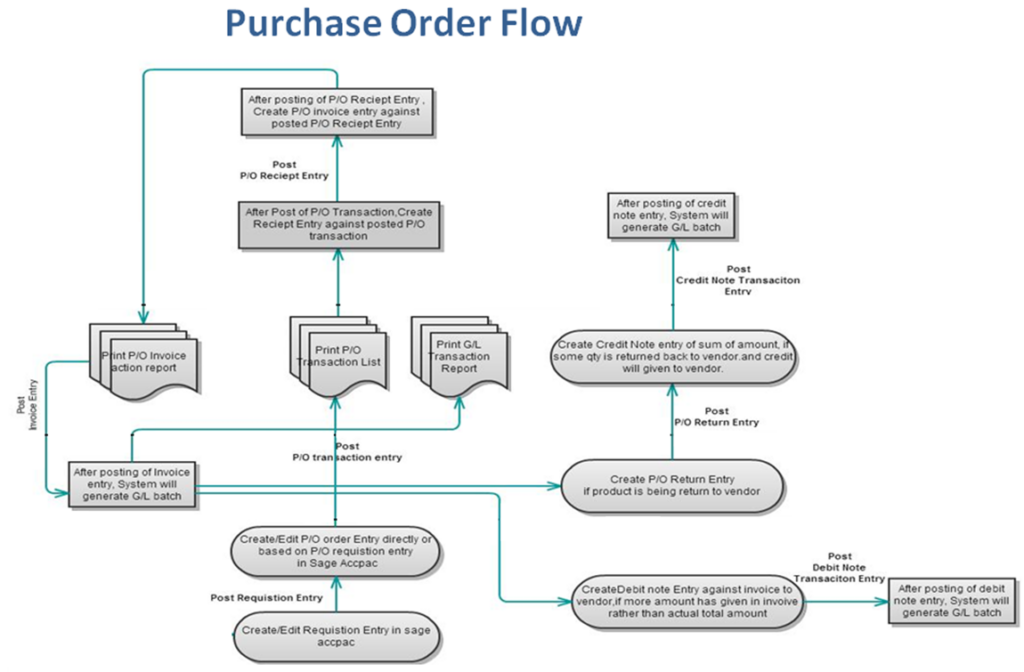In today’s rapidly evolving business landscape, organisations are continually seeking innovative ways to enhance
efficiency, reduce costs, and improve operational effectiveness. One area where significant improvements can be
made is in procurement management. Historically, procurement processes were heavily reliant on manual
paper-based systems, which were cumbersome, time-consuming, and prone to errors. However, with the advent of online
purchase order systems, businesses now have the opportunity to transition from paper to pixels, unlocking numerous
benefits along the way. These systems, also referred to as PO software or purchase order management systems, offer
a range of advantages that can revolutionise the way businesses manage their procurement processes.
The transition from paper-based to online purchase order systems represents a fundamental shift in how businesses
approach procurement. By digitising and automating key procurement processes, organisations can streamline
workflows, improve accuracy, enhance collaboration, and drive overall efficiency. To explore the advantages of
transitioning to online purchase order systems in greater detail, let’s delve into some of the key benefits.
Streamlined Procurement Processes
One of the most significant advantages of transitioning to online purchase order systems is the streamlining of
procurement processes. Traditional paper-based systems often involve manual data entry, paper forms, and manual
routing for approvals. This can result in delays, errors, and inefficiencies throughout the procurement cycle. In
contrast, online purchase order systems automate many of these processes, enabling organisations to create,
approve, and track purchase orders with ease.
To learn more about the advantages of transitioning to online purchase order systems, visit cloudb2b.co.uk.
With features such as electronic purchase order creation, automated approval workflows, and real-time tracking,
online purchase order systems streamline procurement operations and reduce processing times. This not only saves
time and effort but also minimises the risk of errors associated with manual data entry and paper-based
documentation.
Improved Accuracy and Compliance
Transitioning to online purchase order systems also improves the accuracy and compliance of procurement processes.
Manual procurement systems are susceptible to errors such as incorrect data entry, missing information, and
approval delays. These errors can have significant implications, leading to overpayments, missed discounts, and
non-compliance with organisational policies or regulatory requirements.
However, online purchase order systems help mitigate these risks by enforcing business rules, standardising
procurement workflows, and providing real-time visibility into the procurement process. By ensuring that purchase
orders are created correctly, approved in a timely manner, and compliant with company policies and regulations,
organisations can reduce the risk of errors and ensure greater accuracy and compliance in their procurement
processes.
Enhanced Collaboration and Communication
Effective collaboration and communication are essential for successful procurement operations. Traditional
paper-based procurement systems often involve disjointed communication channels, such as emails, phone calls, and
paper documents. This can lead to delays, miscommunication, and inefficiencies in the procurement process.
However, online purchase order systems facilitate seamless collaboration and communication between internal teams,
external suppliers, and other stakeholders involved in the procurement process. With features such as built-in
messaging, document sharing, and real-time notifications, these systems enable stakeholders to work together more
efficiently and effectively, regardless of their location.
Cost Savings and Efficiency Gains
Transitioning to online purchase order systems can also result in significant cost savings and efficiency gains
for organisations. Traditional paper-based procurement systems require resources such as paper, ink, storage
space, and personnel to manage and maintain. Additionally, the manual nature of these systems can lead to
inefficiencies such as duplicate data entry, lost paperwork, and missed opportunities for cost savings.
However, online purchase order systems eliminate many of these costs and inefficiencies by digitising and
automating procurement processes. By reducing the need for paper-based documentation, streamlining workflows, and
providing real-time insights into procurement activities, these systems enable organisations to operate more
efficiently and effectively, resulting in cost savings and efficiency gains.
The transition from paper-based to online purchase order systems offers numerous advantages for organisations,
including streamlined processes, improved accuracy and compliance, enhanced collaboration and communication, and
cost savings and efficiency gains. By harnessing the power of technology, organisations can transform their
procurement processes, reduce costs, and gain a competitive edge in today’s digital landscape.

